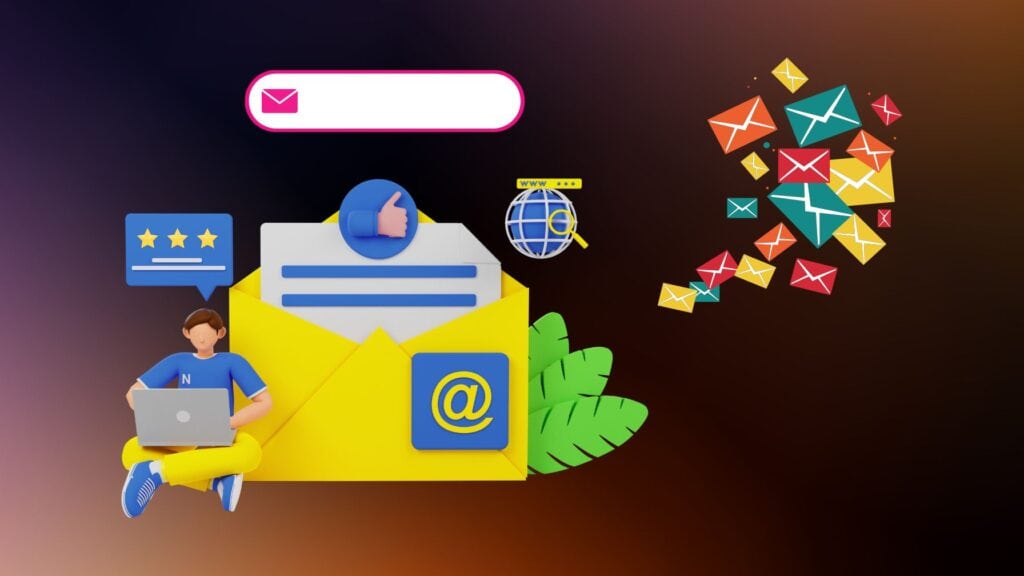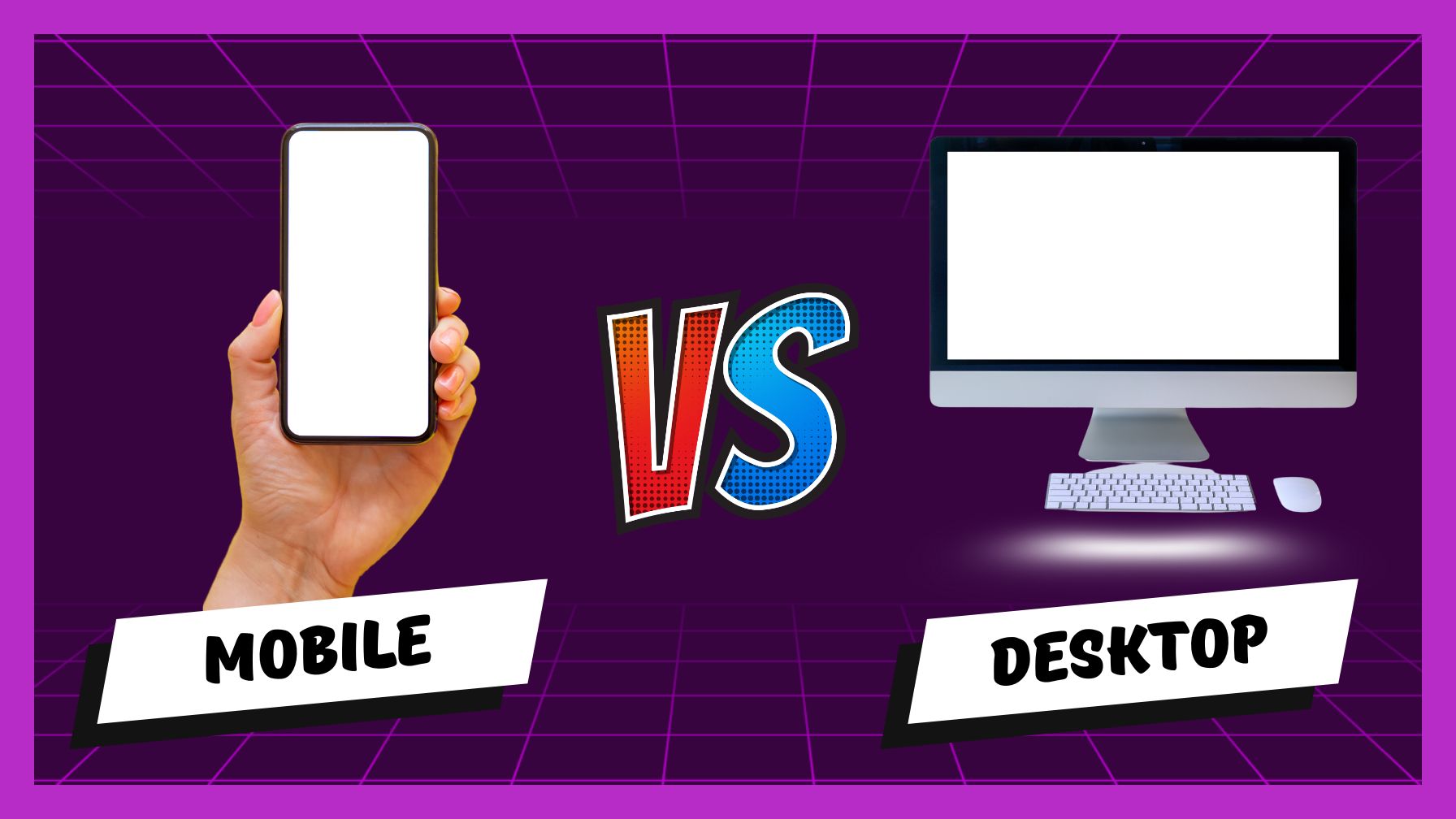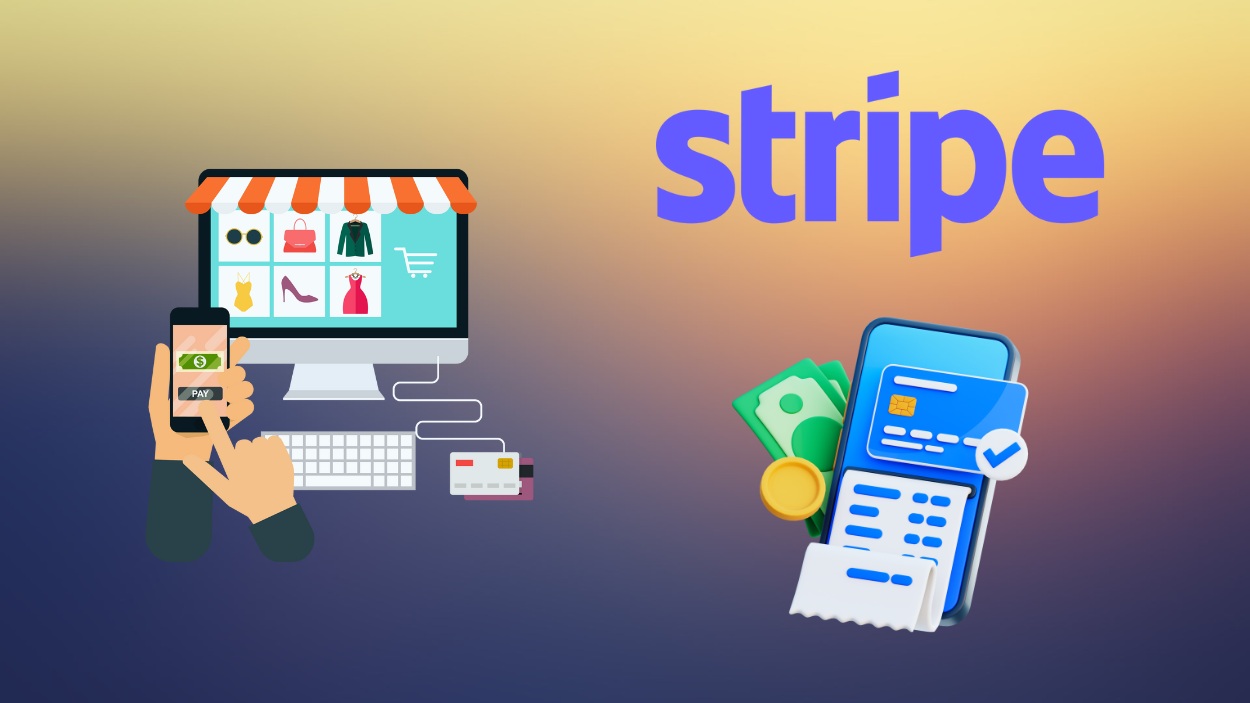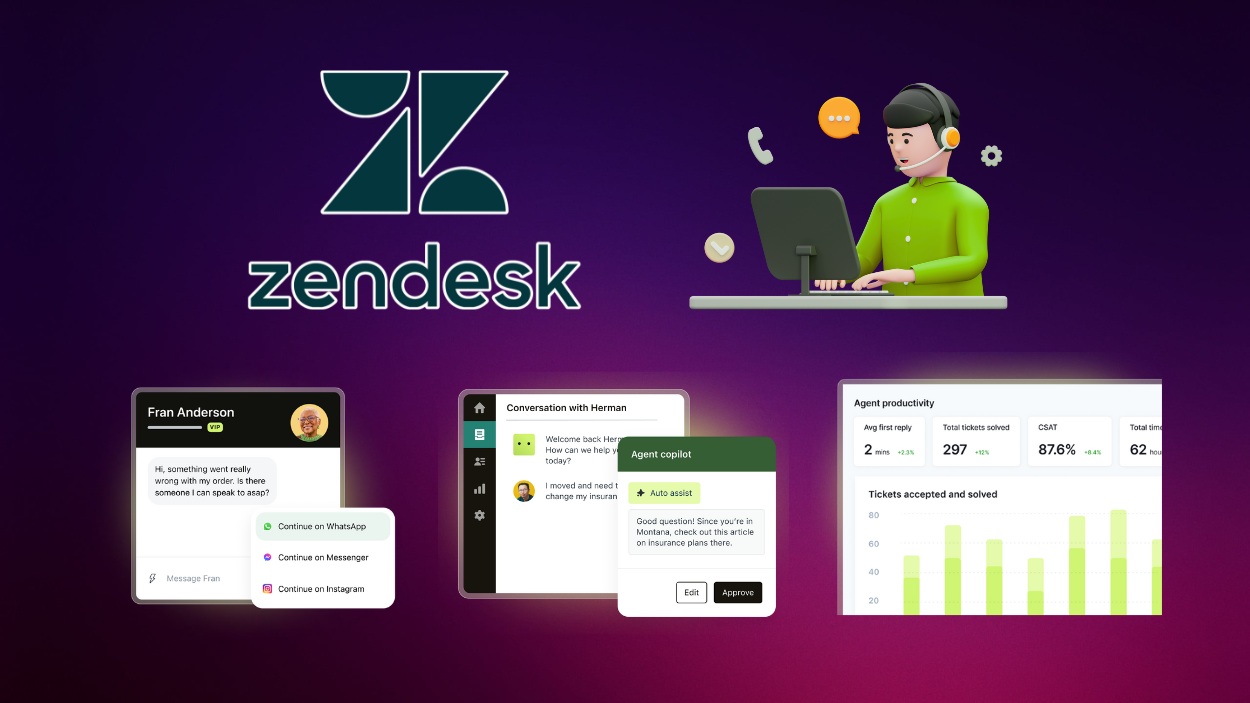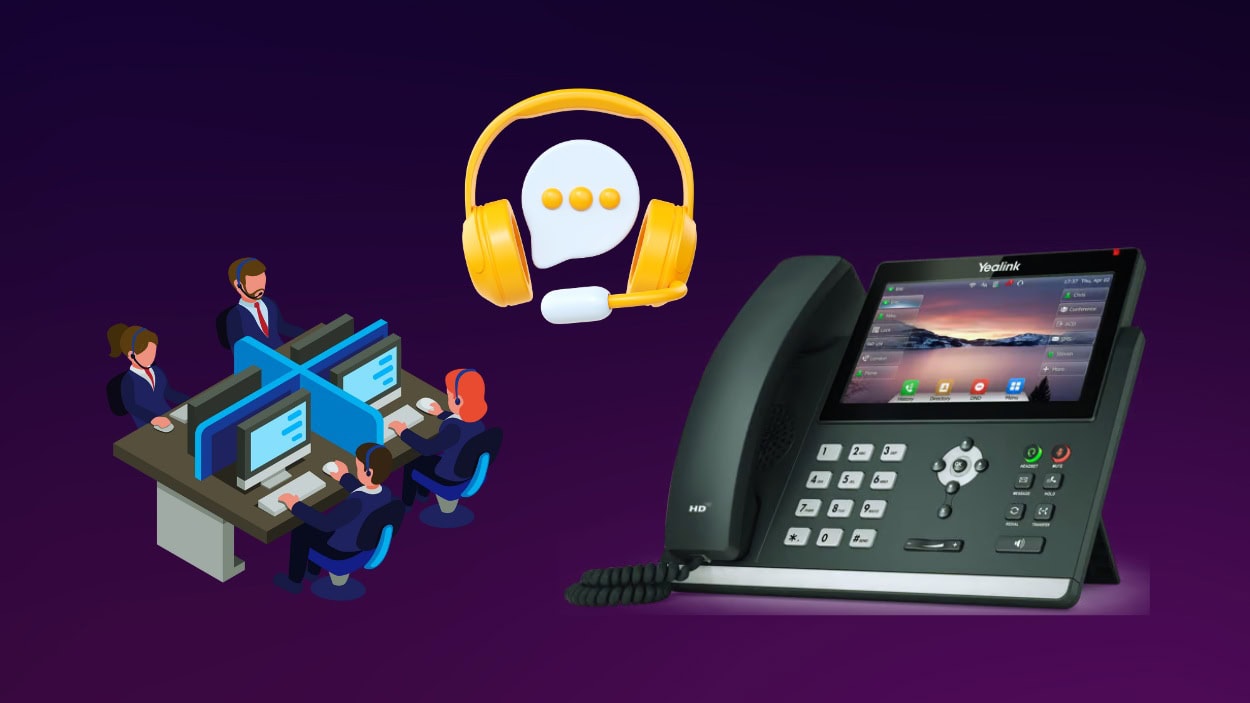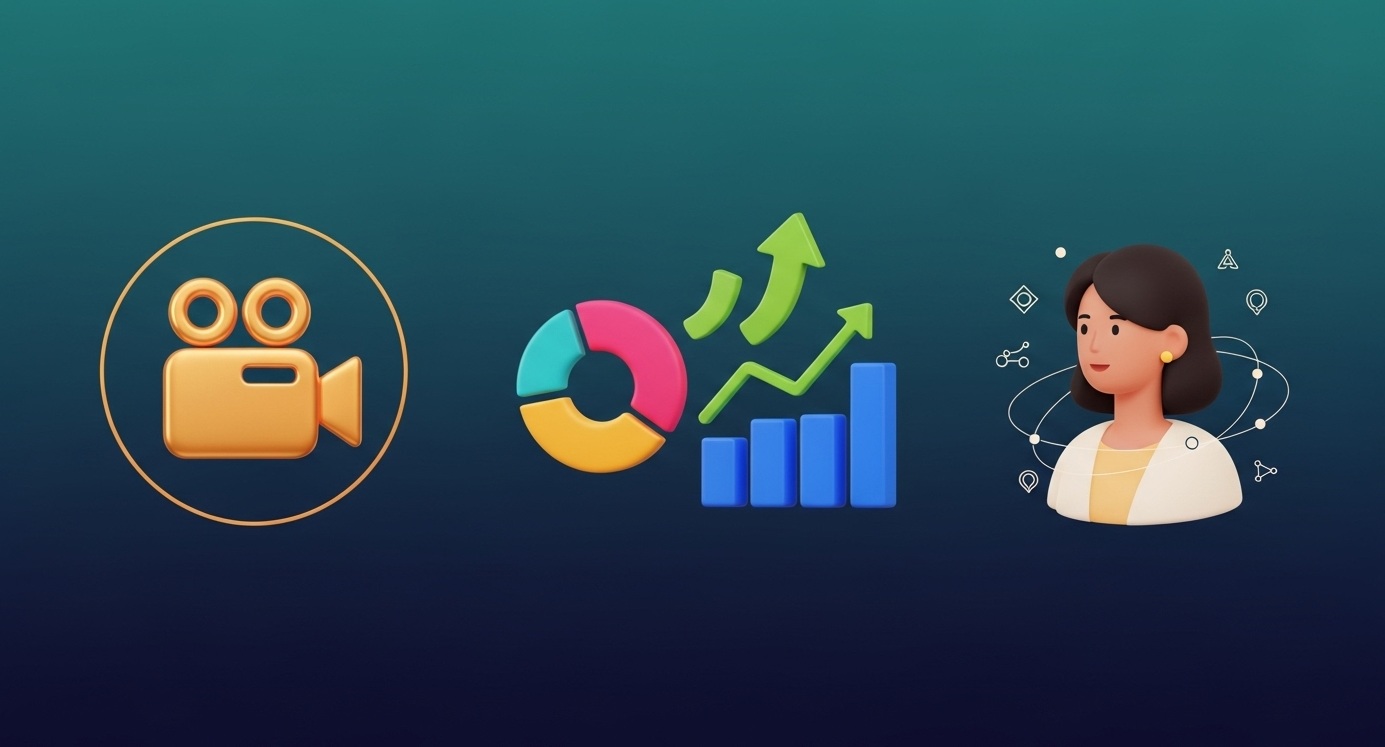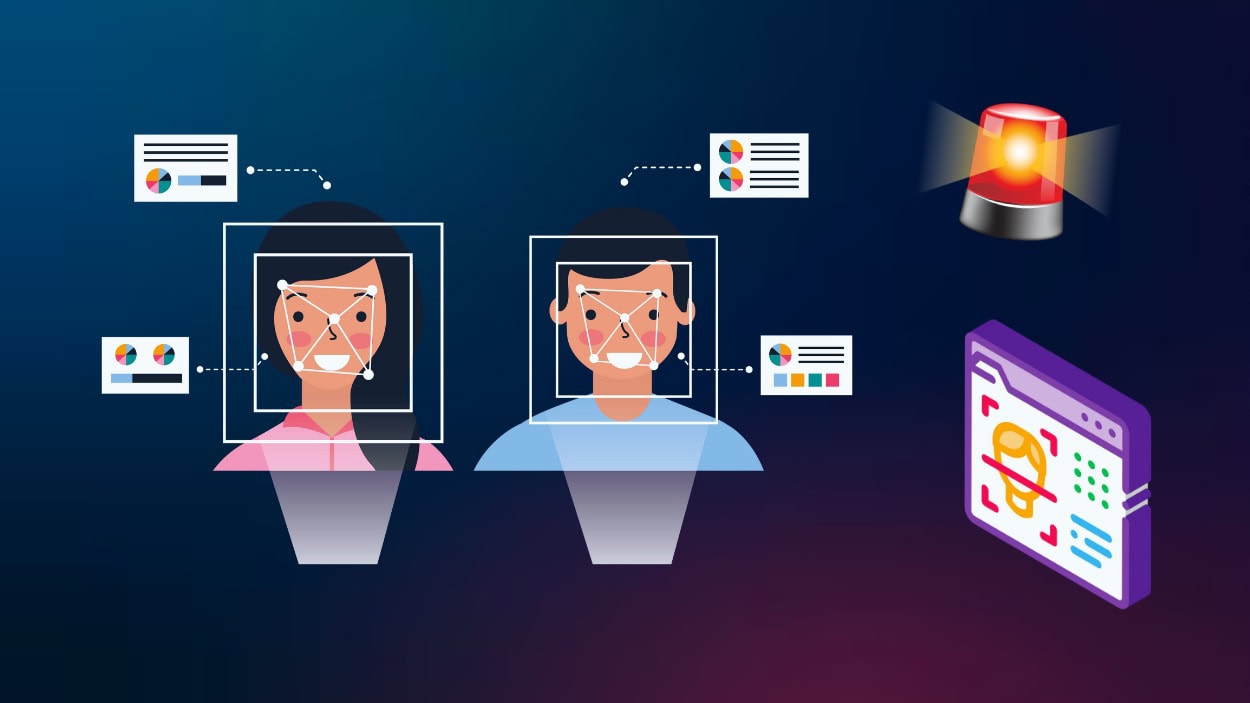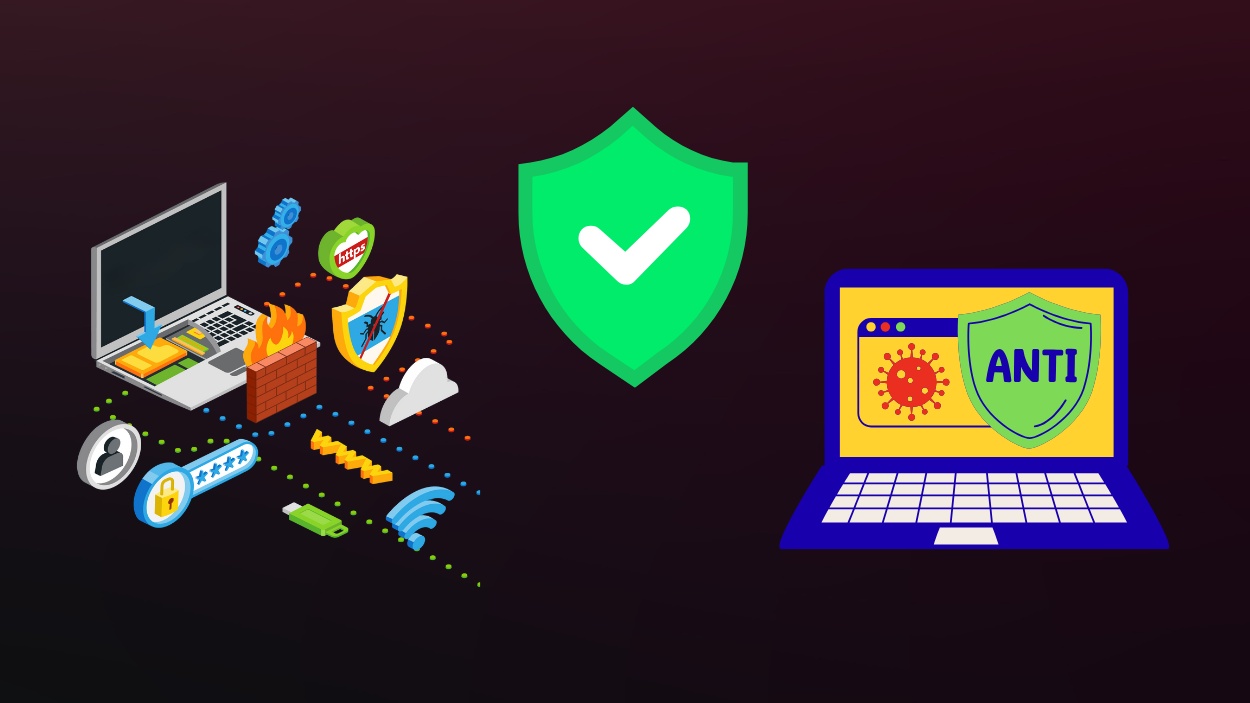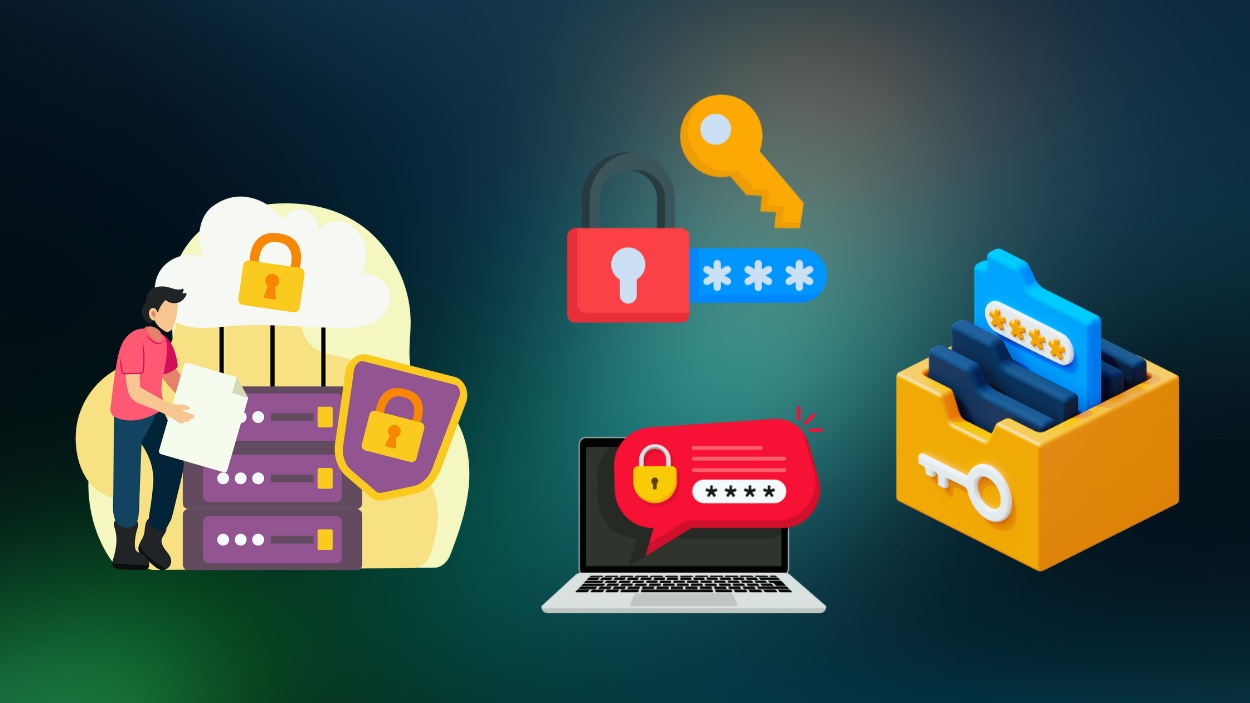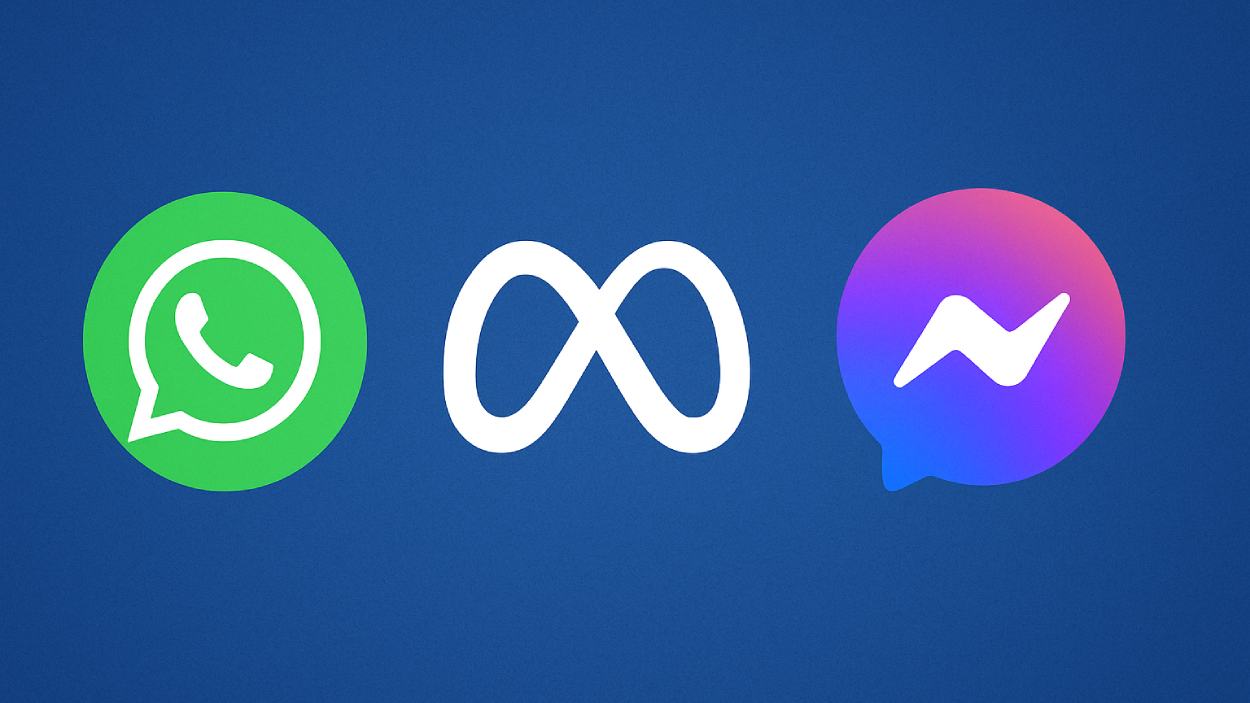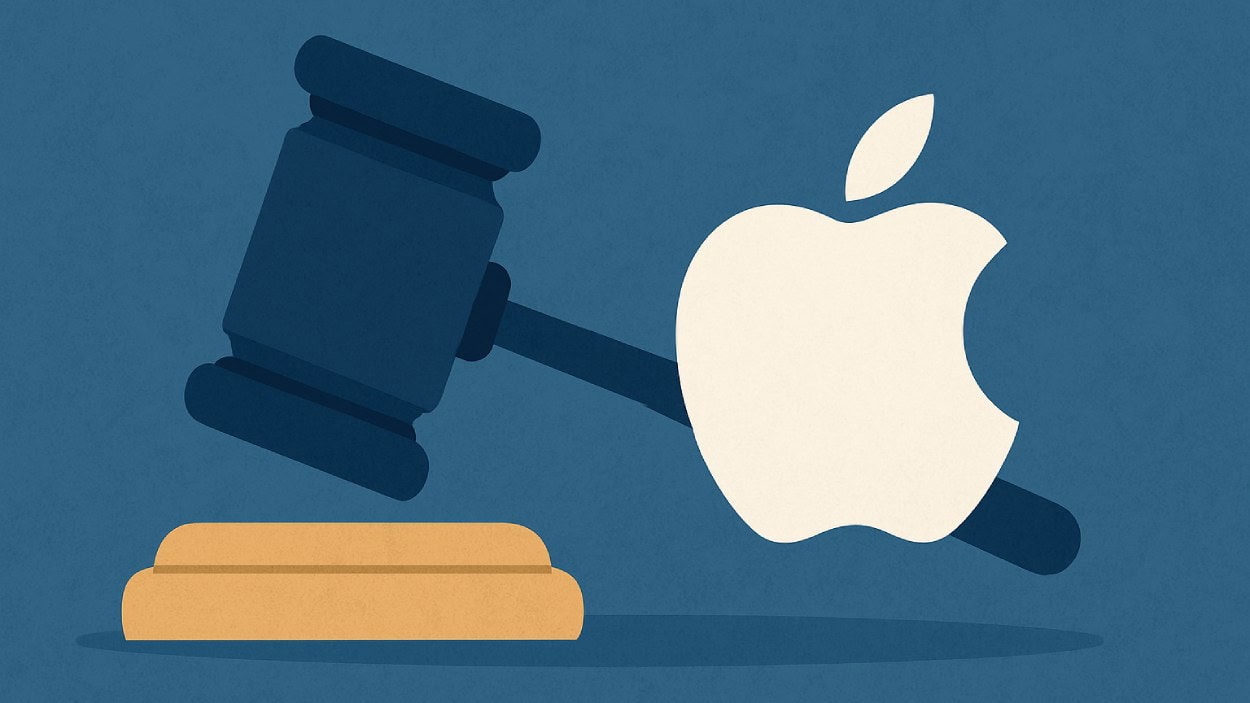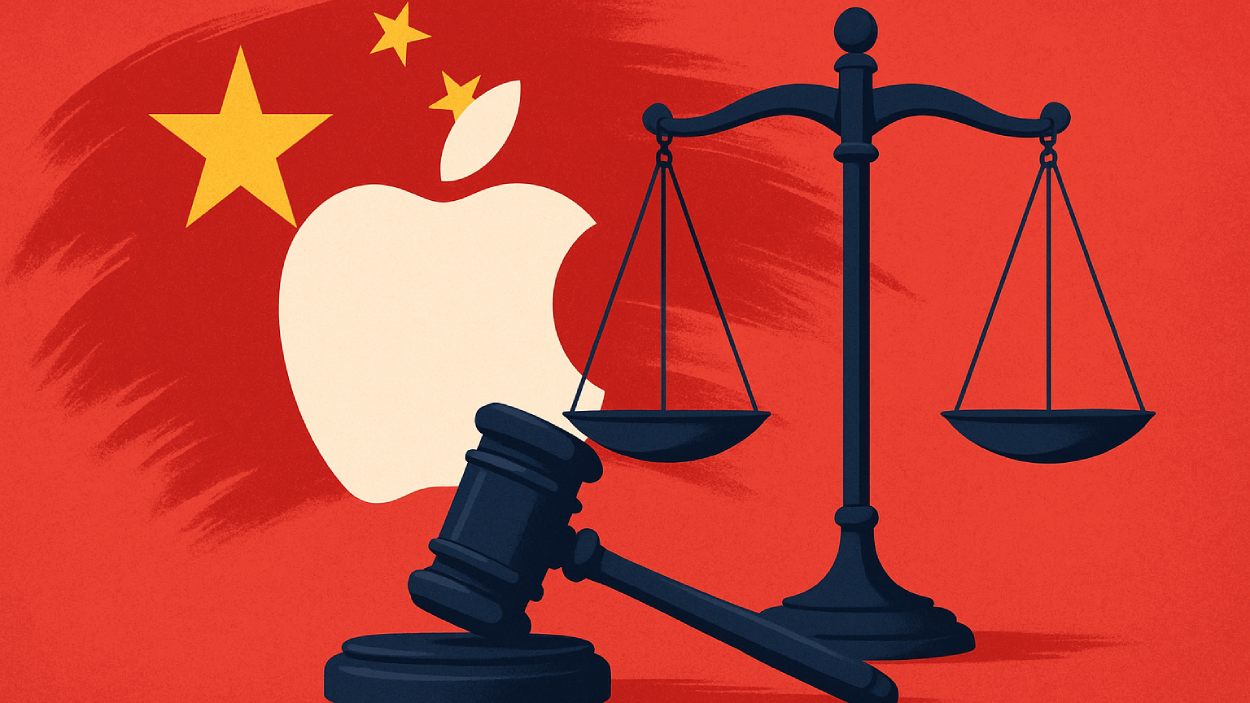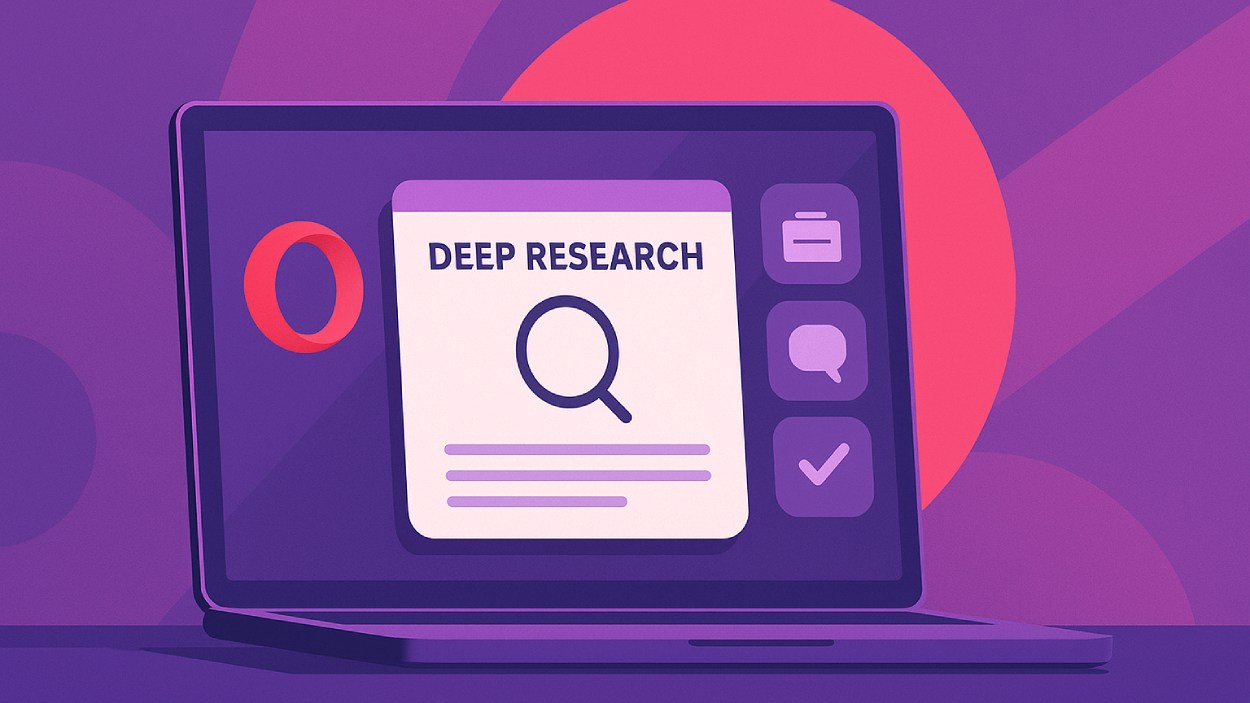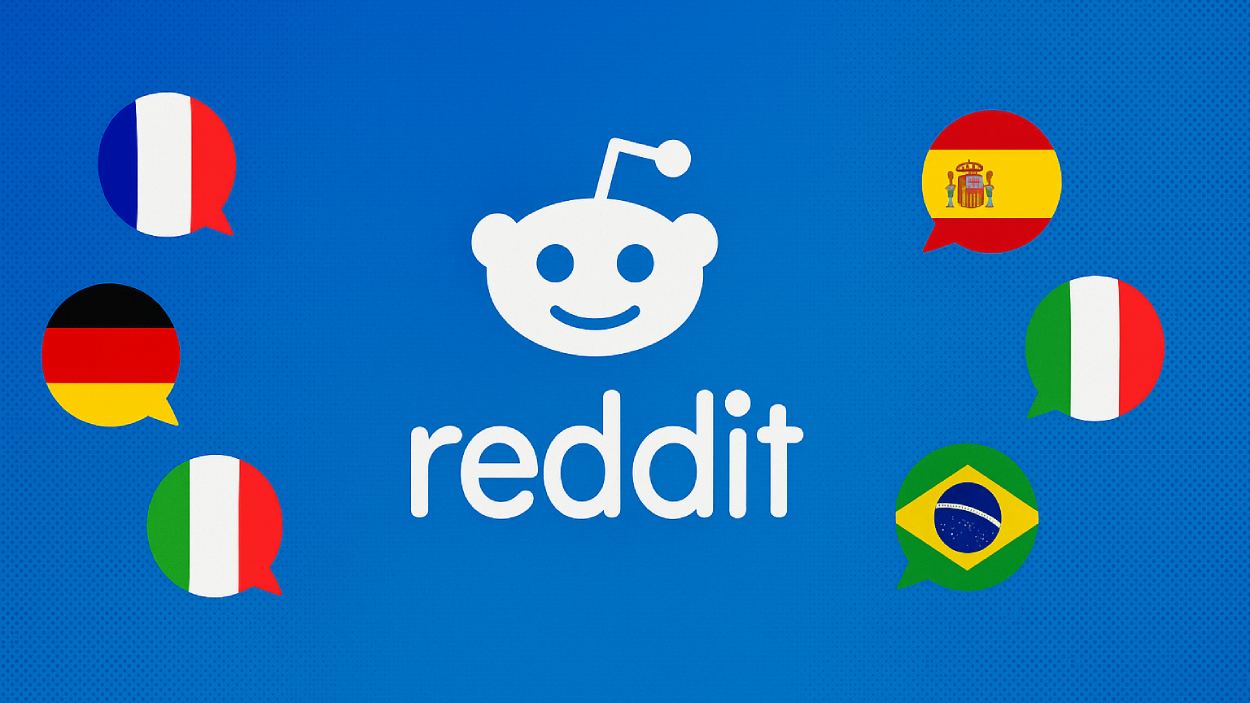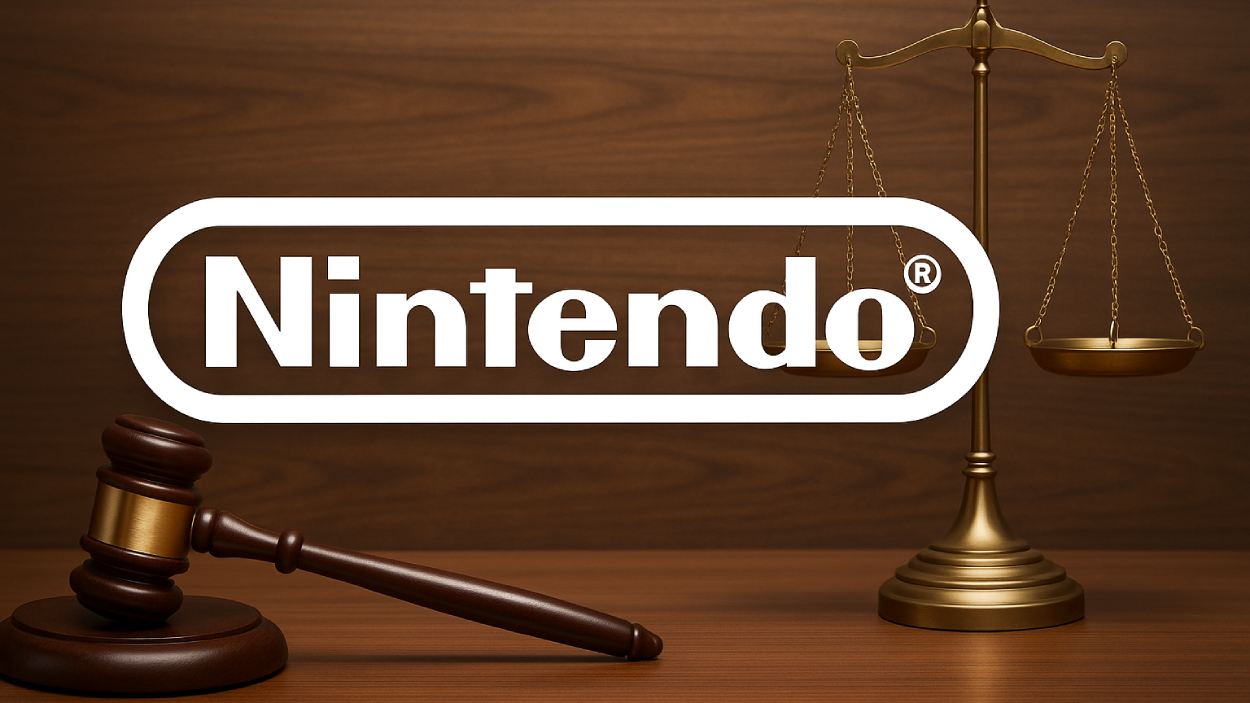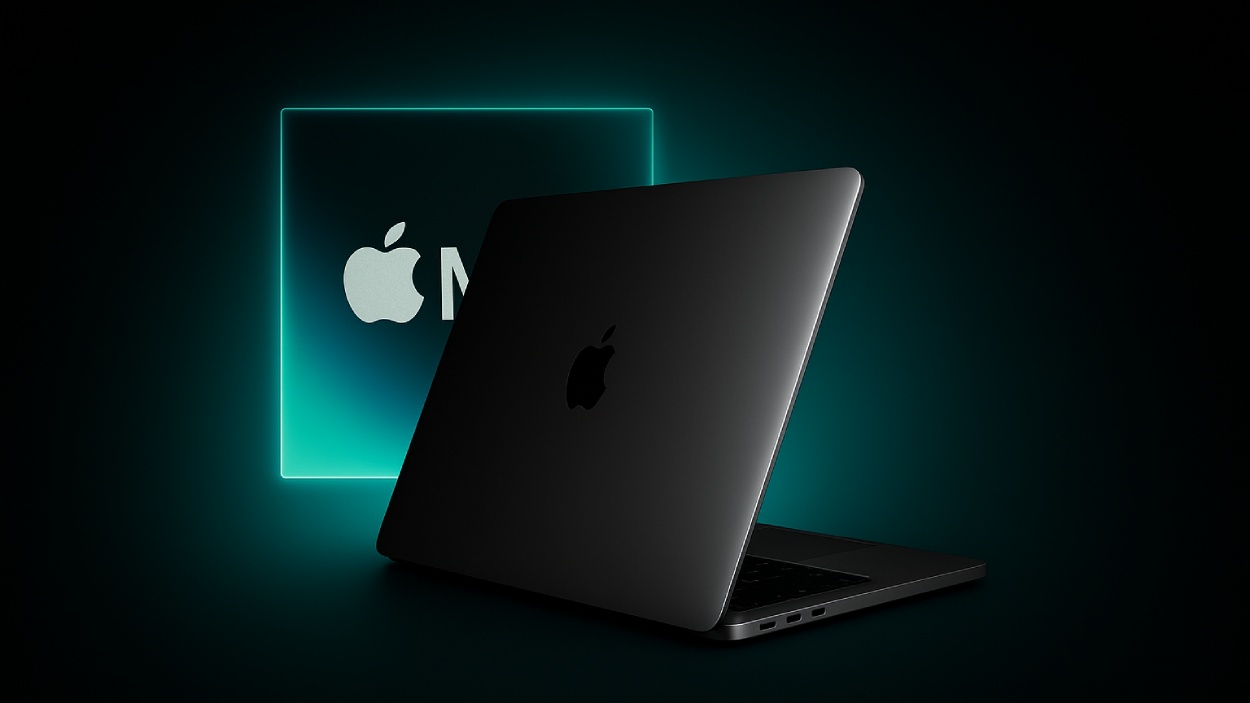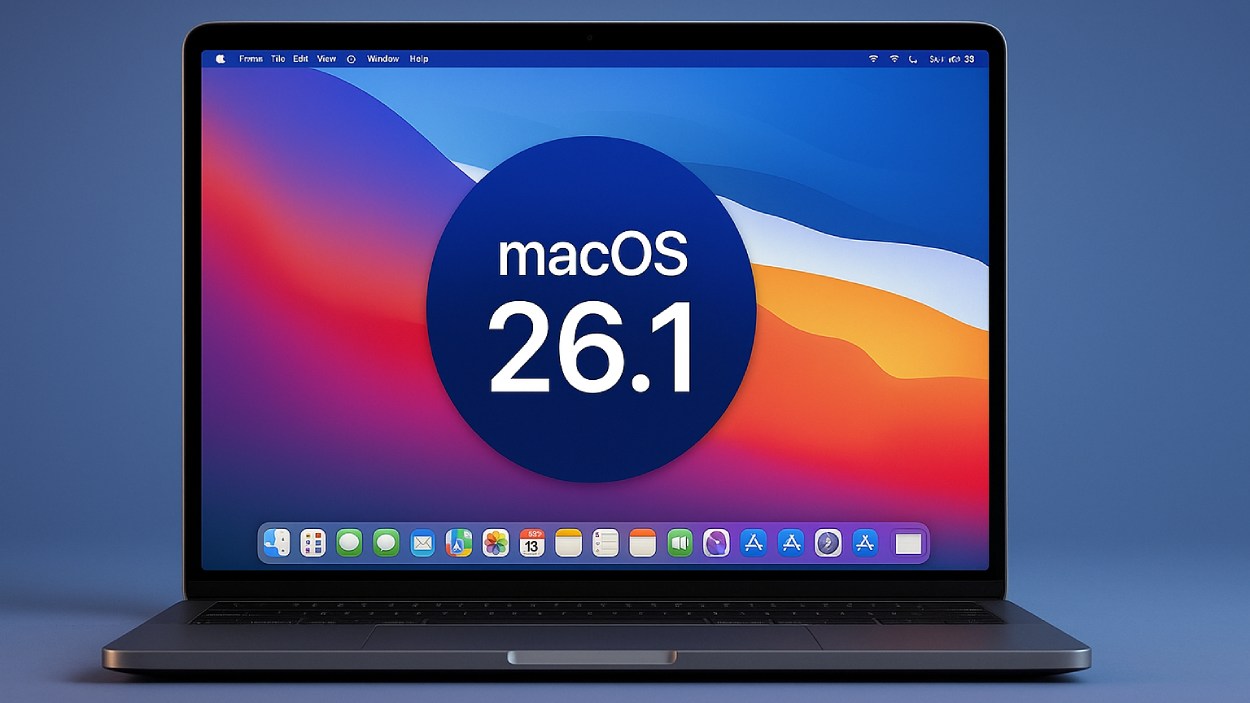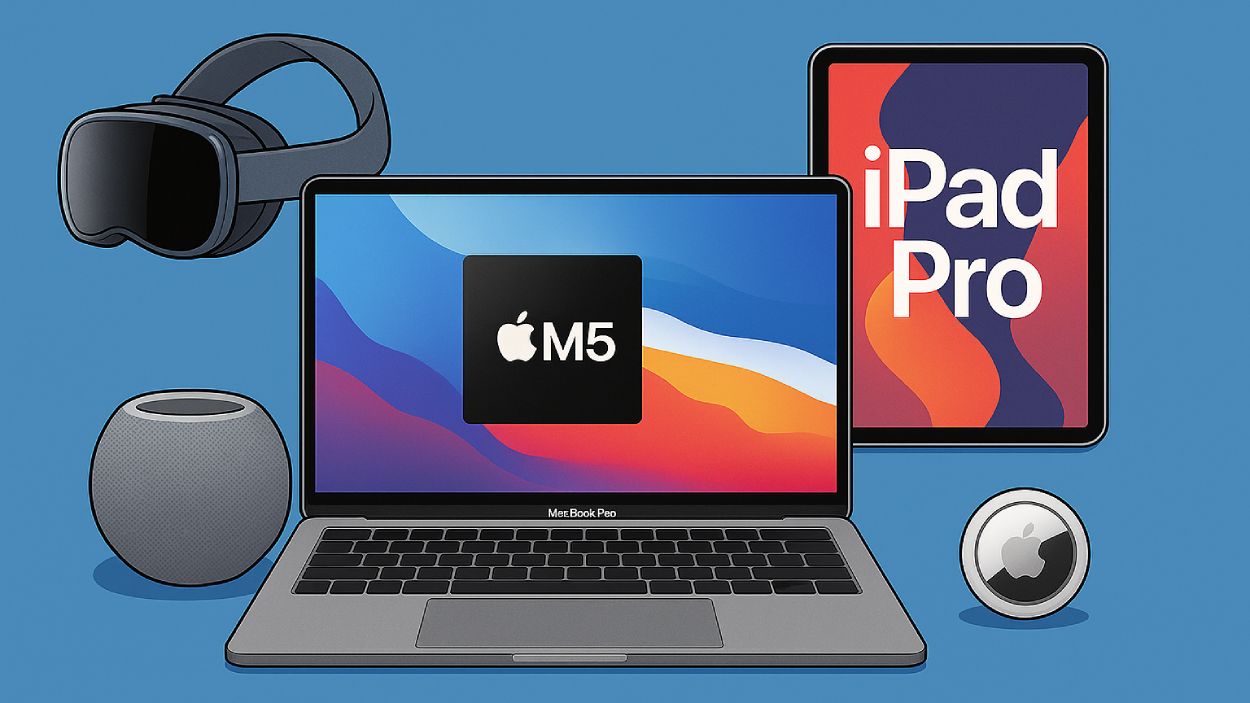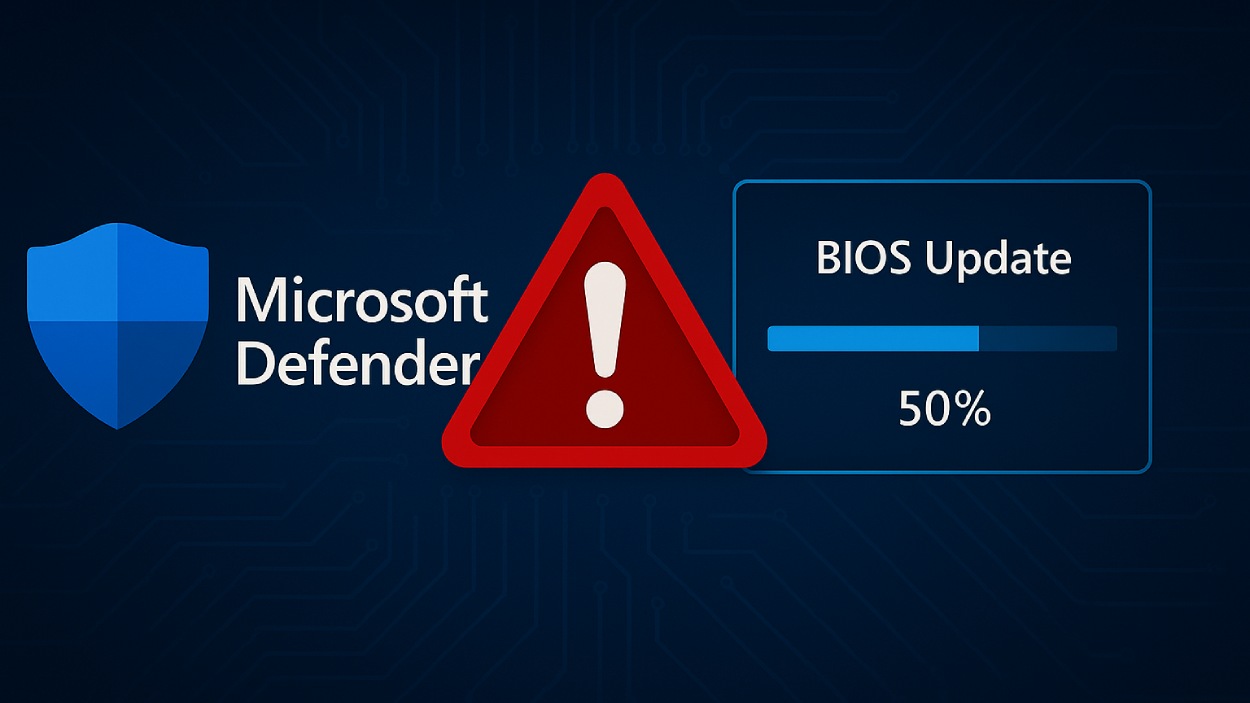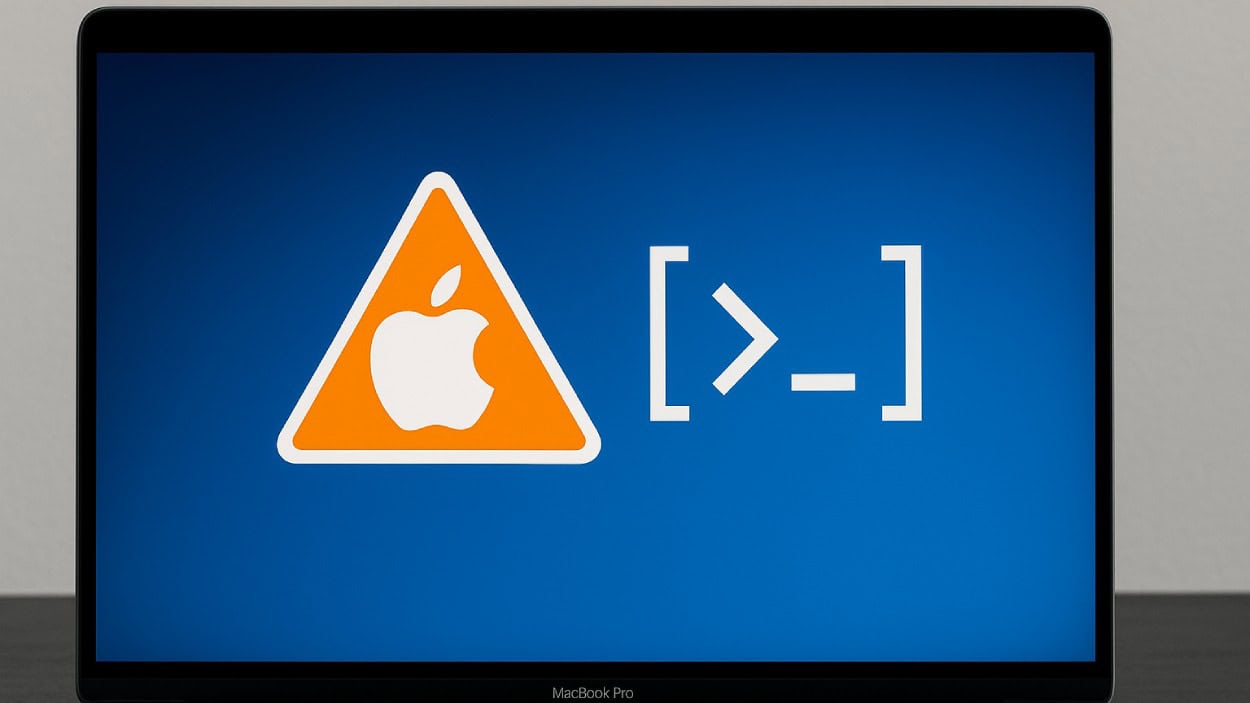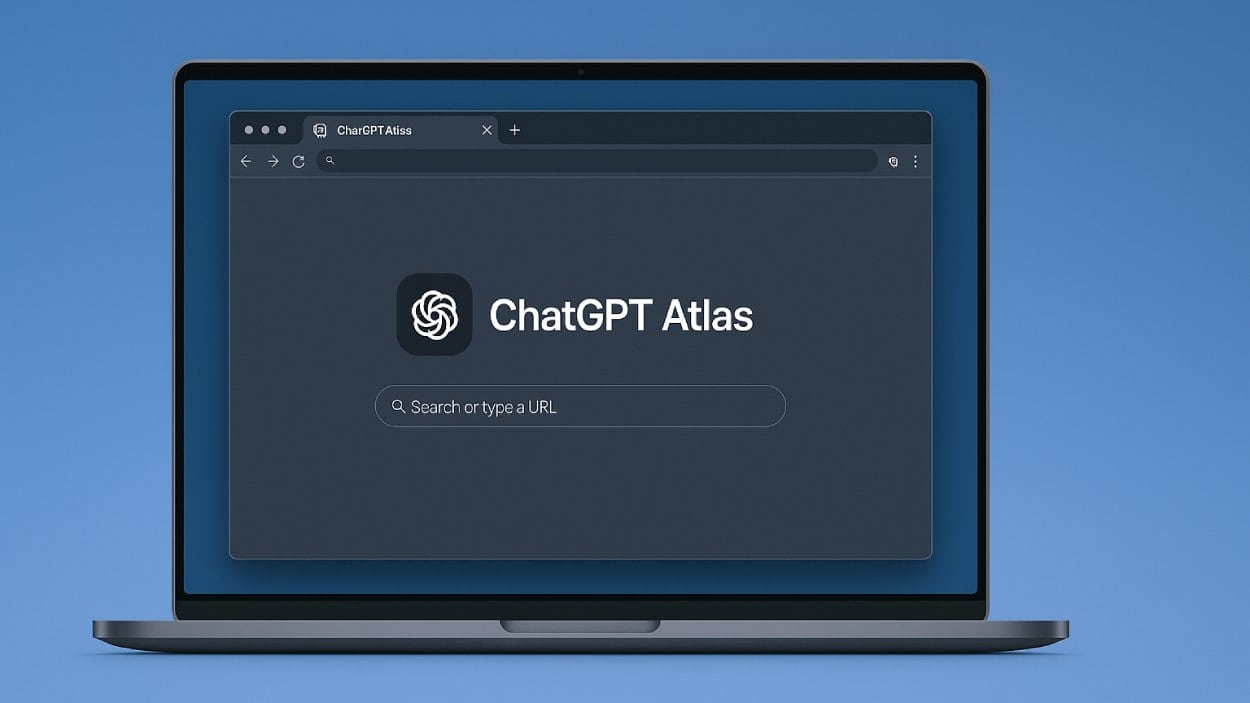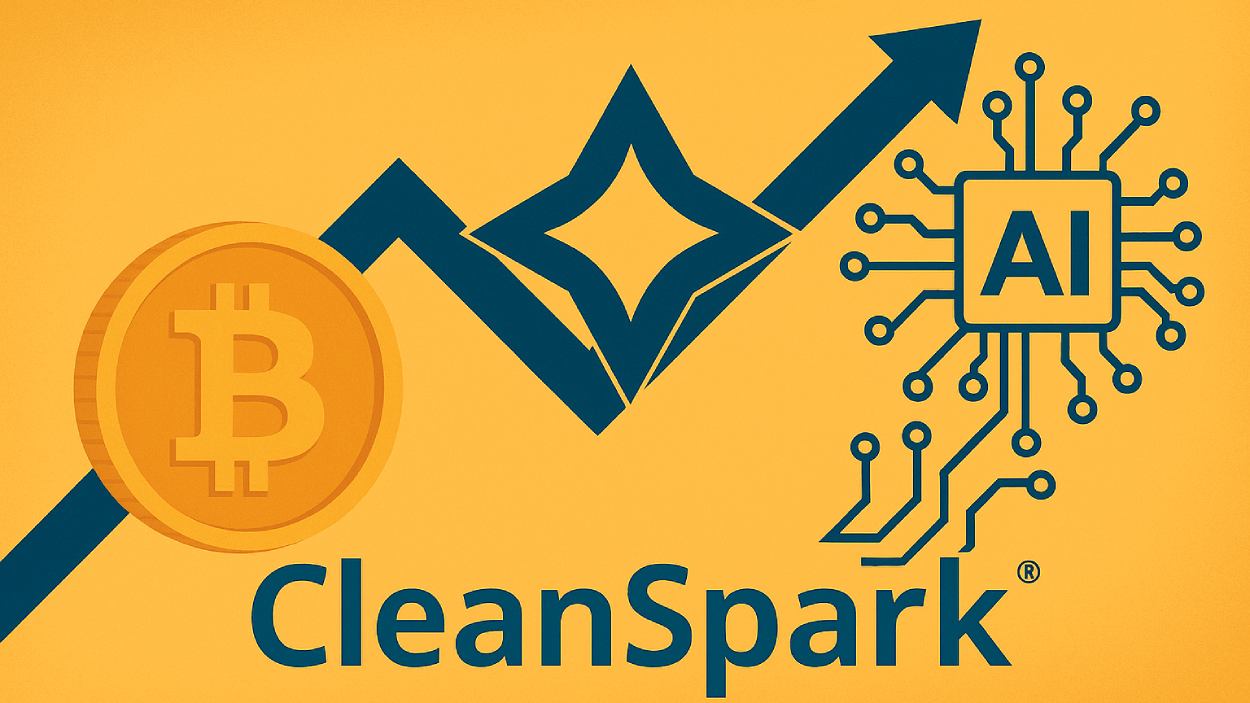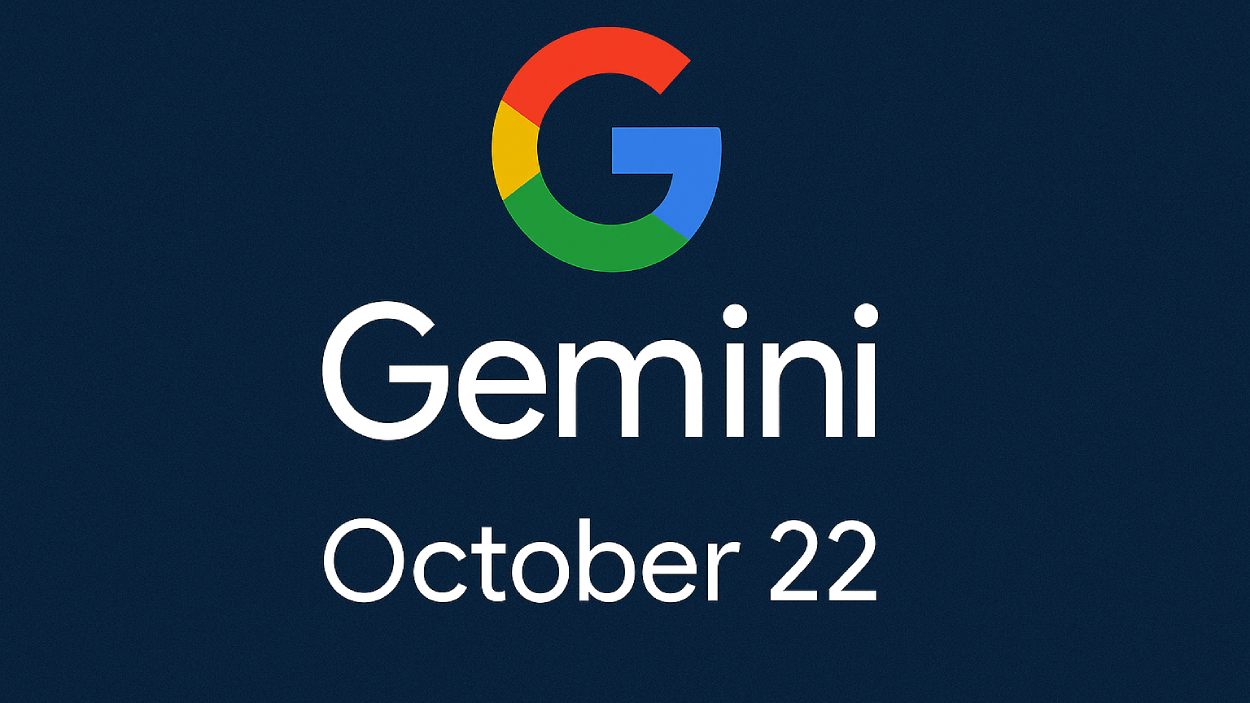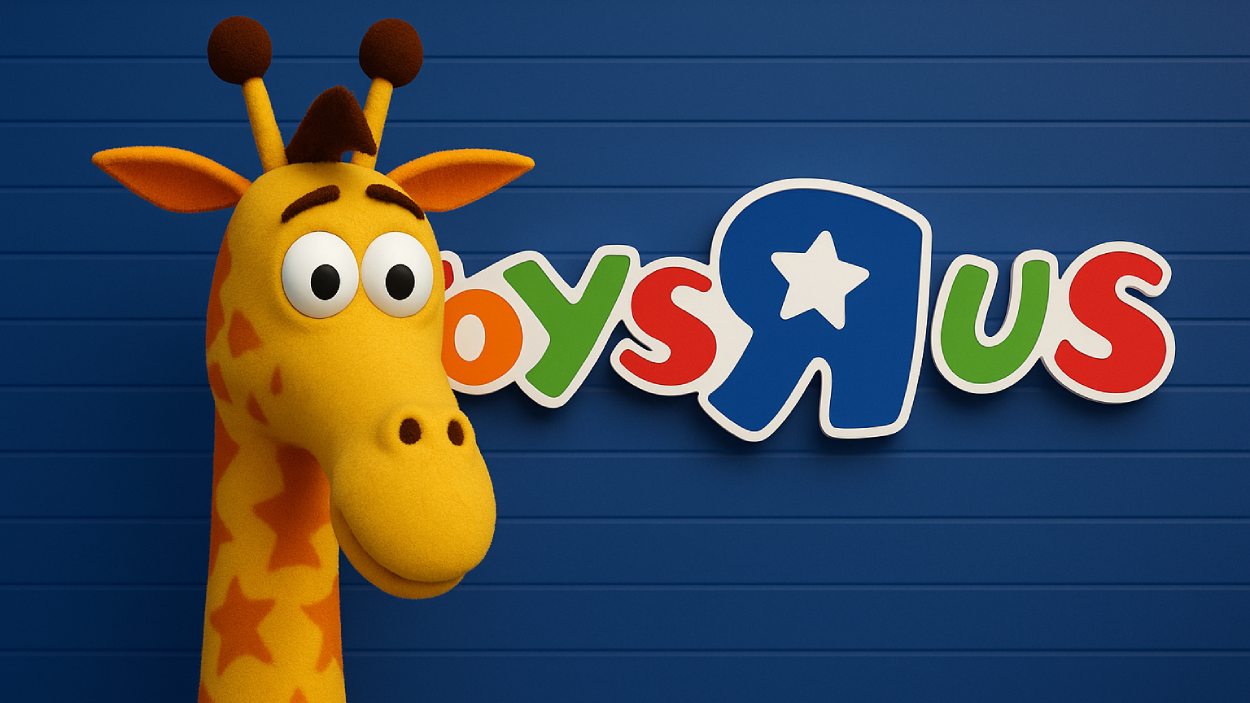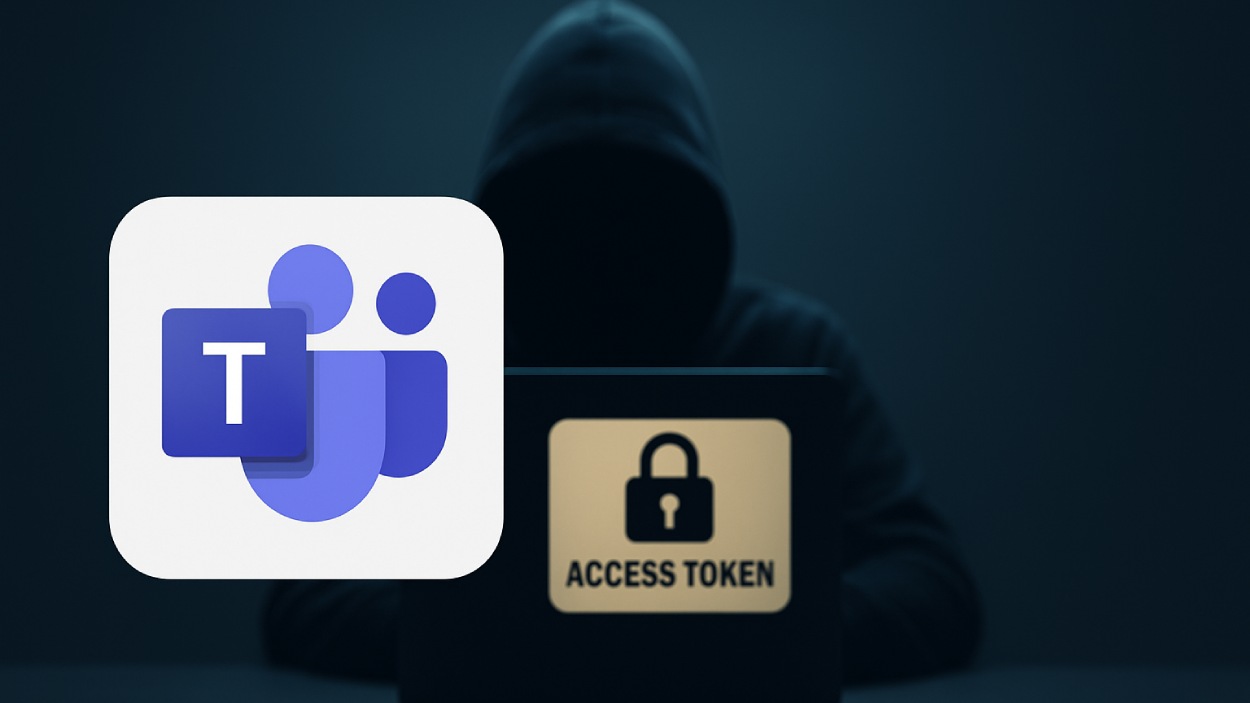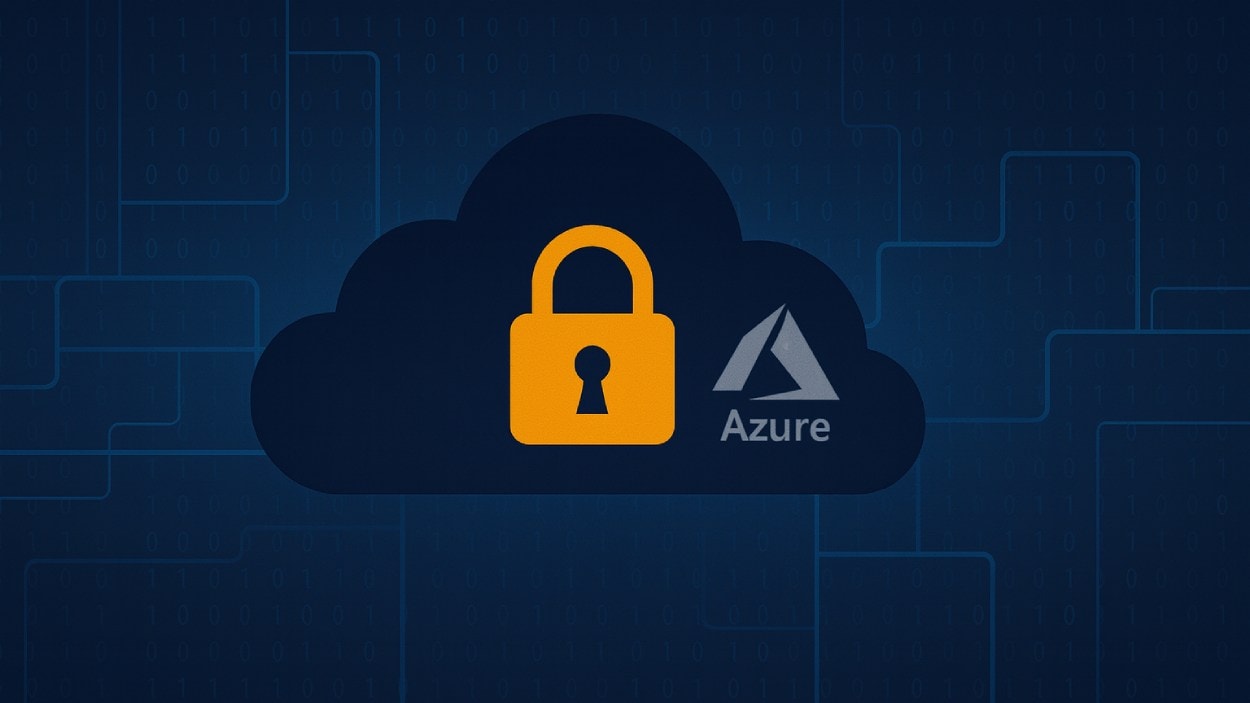In 1971, a computer engineer named Ray Tomlinson sent the very first email, a test message to himself. It was simple, unremarkable, and never intended to spark a revolution. Fast forward to 2025, and email is far from a relic of the past. It’s the beating heart of digital communication, powering global business, nurturing relationships, and driving billions in revenue.
But how is email really performing in today’s complex digital landscape? This article breaks down the most up-to-date email statistics, helping you navigate trends, benchmark performance, and uncover opportunities across industries.
Editor’s Choice
- Over 4.6 billion people actively use email in 2025, representing over 57% of the global population.
- The average open rate for marketing emails across all industries has risen to 22.4% in 2025, up from 21.2% last year.
- Businesses are now sending an average of 1.6 billion emails per day.
- Mobile devices account for 47% of all email opens, while desktop stands at 29%, and webmail at 24%.
- The average ROI of email marketing reached $43 per $1 spent, making it the most cost-effective digital channel in 2025.
- Spam emails make up 45.5% of all email traffic in early 2025.
- AI-generated subject lines are improving open rates by up to 9.3%, signaling a significant shift in content automation.
How Often Marketers Send Emails
- 22% of professionals send marketing emails 2–3 times per day, making it the most common frequency.
- 21% send marketing emails daily, showing a strong preference for consistent outreach.
- 17% opt to send emails 3–4 times per week, balancing frequency and engagement.
- Only 12% send marketing emails weekly, indicating a more spaced-out strategy.
- Just 10% send marketing emails 2 times per week, the least popular cadence.

Global Email Usage Statistics
- As of Q2 2025, there are approximately 4.63 billion active email users worldwide.
- The number of daily emails sent and received globally has exceeded 392 billion, reflecting a 6.2% year-over-year increase.
- The United States leads in email usage, with over 90% of internet users having at least one active email address.
- The average consumer checks their email 15 times per day, with the majority of interactions occurring between 8 AM and 11 AM.
- Email continues to dominate professional communication: 85% of global business correspondence is handled through email.
- In 2025, email penetration in the Asia-Pacific region reached 61%, with India and Indonesia driving adoption through mobile access.
- Personal email accounts now average 1.8 per person, while business users often maintain 2.6 email addresses.
- Gmail maintains its lead as the most used email platform globally, with over 1.9 billion users.
- Gen Z adoption of email rose by 14% year-over-year, driven largely by workplace onboarding and university correspondence.
- In sub-Saharan Africa, email usage rose by 19%, aided by increased access to affordable smartphones.
Business Email vs. Consumer Email Metrics
- Businesses send an estimated 147 billion emails daily in 2025.
- The average business user sends 38 emails per day and receives 95, reflecting a 3% increase in communication volume.
- Transactional emails (receipts, confirmations, alerts) now make up 27% of all business email traffic.
- Consumer email accounts receive an average of 32 emails per day, with 52% of those marked as promotional.
- Business email open rates average 25.8%, compared to consumer open rates at 20.9%.
- The click-through rate (CTR) for B2B email is now 3.1%, compared to 2.2% for B2C.
- Email response times in corporate environments average 2.6 hours, whereas personal email replies stretch to over 7 hours.
- Outlook 365 and Gmail for Business collectively hold 71% of the enterprise email market share in 2025.
- 91% of professionals say email is critical for their job, affirming its role in workflow productivity.
- Corporate security policies have led to a 26% decrease in employee use of personal email accounts on work devices.
First Online Check of the Day: Email vs. Social Media
- 58% of people check their email first when they go online.
- 20% begin their day with search engines as their first digital action.
- 14% open social media before anything else.
- 5% start their online day by reading news.
- Only 3% check their company intranet first.
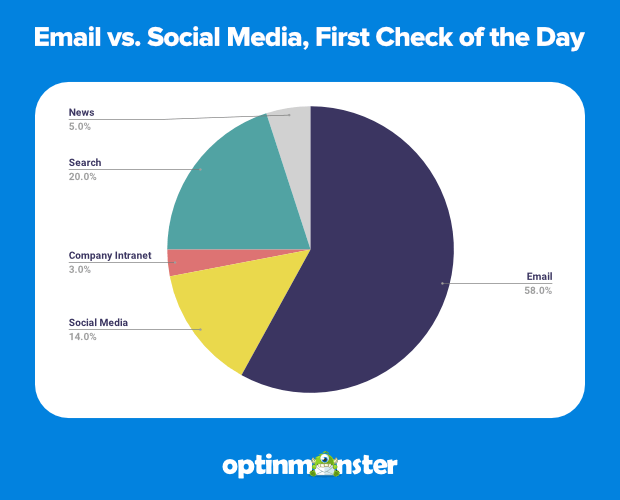
Mobile vs. Desktop Email Engagement
- In 2025, mobile devices account for 47.3% of all email opens, as more users shift to hybrid webmail platforms.
- Desktop opens now represent 29.1% of total email engagement, showing modest growth in B2B and remote work environments.
- Webmail clients such as Gmail and Yahoo account for 23.6% of email opens, with Gmail dominating web-based engagement.
- The average read time on mobile is 9.7 seconds, compared to 13.2 seconds on desktop, highlighting shorter attention spans on handheld devices.
- Click-through rates on desktop (3.4%) still outperform mobile (2.6%), making it a preferred medium for longer, content-rich campaigns.
- Email unsubscribe rates are highest on mobile (0.17%), as users quickly dismiss irrelevant messages without navigating to a desktop.
- Responsive design has become the standard: 93% of marketing emails in 2025 are mobile-optimized.
- Emails with single-column layouts perform 21% better on mobile than multi-column formats.
- Dark mode compatibility continues to grow, with 74% of users enabling it by default on mobile apps.
- Mobile users are 38% more likely to open emails with emojis in the subject line, especially in lifestyle, travel, and entertainment niches.
Spam and Unwanted Email Statistics
- 45.5% of all global email traffic in early 2025 is categorized as spam.
- North America sees the lowest spam rate, at 37.1%, while Eastern Europe reports the highest at 57.6%.
- Phishing attempts rose by 6.4% year-over-year, with over 3.1 billion phishing emails sent in the first quarter alone.
- AI-driven spam filters have helped reduce false positives by 22%, improving inbox placement accuracy.
- Healthcare and financial services face the most targeted phishing attacks, with over 29% of spam directed at these sectors.
- Educational institutions reported a 31% spike in spam attacks, often involving credential harvesting schemes.
- Globally, users report an average of 7.4 spam emails daily, signaling better filter accuracy.
- Nearly 82% of spam emails now include malicious links, a rise fueled by auto-generated short links.
- Cloud email services (e.g., Google Workspace, Microsoft 365) block over 99.9% of spam attempts before inbox delivery.
- The average cost of a successful business email compromise (BEC) in 2025 is estimated at $127,000.
Average Email Open Rates by Industry
- The average email open rate across all industries is 21.33%.
- Government emails have the highest open rate at 28.77%, outperforming all other sectors.
- Emails related to hobbies enjoy a strong 27.74% open rate.
- Religion-related emails follow closely with an open rate of 27.62%.
- Arts and artists’ emails achieve an open rate of 26.27%.
- Non-profits maintain a solid 25.17% open rate, reflecting strong community engagement.
- Sports industry emails see a 24.57% open rate.
- Education and training emails have a 23.42% open rate, slightly above the industry average.

Email Marketing ROI and Conversion Rates
- The average ROI for email marketing reached an all-time high of $43 per $1 spent in 2025.
- Transactional emails boast the highest conversion rates, with an average of 8.6%, far outperforming promotional emails.
- Welcome emails continue to generate strong performance with an average open rate of 63.2% and click rate of 14.3%.
- Abandoned cart emails yield a 6.4% conversion rate, up from 5.9%, aided by dynamic content and behavioral triggers.
- Email campaigns that include personalized product recommendations report a 20.7% higher conversion rate.
- B2B emails convert at 2.4% on average, compared to 3.2% in B2C, reflecting longer sales cycles.
- Email retargeting campaigns are now integrated into 41% of multichannel marketing strategies, showing a 17% lift in conversions.
- Brands using A/B testing in email campaigns see 11.6% better CTRs, emphasizing the value of iterative optimization.
- Automated drip campaigns report 77% higher engagement and 3x more conversions than one-time blasts.
- The most effective email campaigns in 2025 are less than 125 words, include a single CTA, and are sent mid-week between 10 AM and 1 PM.
Personalization and Automation in Email Campaigns
- 79% of marketers in 2025 say personalization increases customer engagement, up from 72% last year.
- Emails with personalized subject lines have an average open rate of 26.1%, compared to 19.8% without personalization.
- Dynamic content blocks, based on user behavior, are now used in 64% of email campaigns.
- Behavior-triggered emails (such as visit recaps or in-app actions) achieve a 70.2% open rate and 18.4% CTR.
- AI-based segmentation enables marketers to group audiences 4.2x faster than manual methods.
- Real-time personalization tools, including location and device targeting, are embedded in 43% of enterprise ESPs.
- The use of customer journey automation tools has risen to 61%.
- Companies using predictive analytics in email marketing report a 24.8% lift in sales conversion.
- In 2025, email automation is integrated into 87% of marketing tech stacks, often linked with CRMs and analytics tools.
- Event-triggered emails based on milestones (birthdays, anniversaries, onboarding steps) are proven to drive 18% higher engagement than static campaigns.
Consumer Sentiment on AI-Generated Email Content
- 39% of consumers feel indifferent about receiving AI-generated content in emails.
- 36% of people like AI content in their emails, showing growing acceptance.
- 25% of respondents do not like AI in email content.
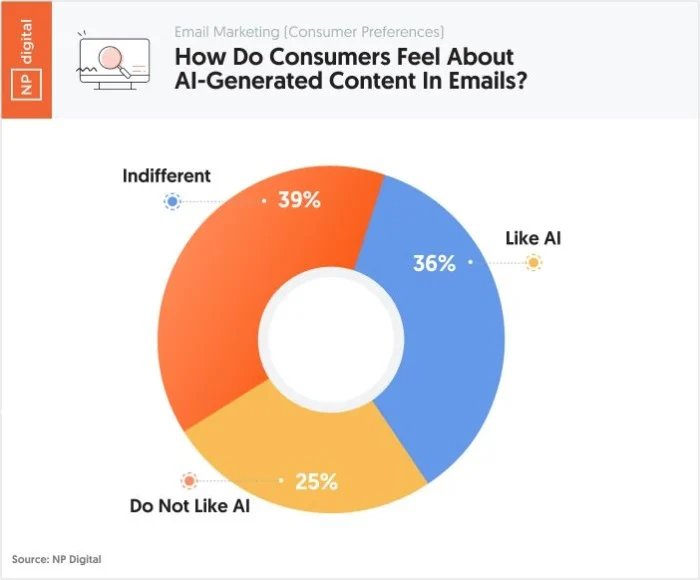
Email Deliverability and Bounce Rates
- The average email deliverability rate in 2025 stands at 84.6%, showing a slight improvement over last year’s 83.9%.
- Hard bounce rates have decreased to 0.34%, thanks to better list hygiene and real-time verification tools.
- Soft bounce rates remain steady at 0.46%, often caused by full inboxes or temporary server errors.
- Marketers who regularly clean their email lists see 28% higher deliverability than those who don’t.
- Emails sent from authenticated domains (SPF, DKIM, DMARC) achieve 99.3% inbox placement rates.
- Gmail’s new spam rules, introduced in early 2025, penalize senders without valid domain alignment, causing a 14% drop in visibility for non-compliant brands.
- Nonprofit organizations report the highest average deliverability at 91.2%, while retail sectors average 79.6%.
- The median inbox placement rate for marketing campaigns sits at 82.1%, driven by sender reputation and engagement scores.
- Email tools that use AI for bounce detection reduce bounce rates by 17%, optimizing sender reputation in the process.
- Over 69% of email marketers now monitor deliverability metrics weekly.
User Behavior and Email Reading Habits
- In 2025, users spend an average of 10.8 seconds reading a marketing email, emphasizing the need for concise, value-driven content.
- 66% of email recipients decide whether to open an email based solely on the subject line.
- Preview text influences open decisions for 45% of users.
- 79% of consumers scan, rather than read, emails, favoring bold CTAs, bullet points, and minimal clutter.
- Email open rates are highest on Tuesdays (23.6%), followed by Wednesdays (23.3%).
- The most common time for checking email is between 7:30 AM and 9:30 AM, across all global regions.
- Millennials and Gen Z prefer concise, visually formatted emails, while Gen X and Boomers are more tolerant of longer messages.
- Dark mode usage for email is up to 74%, particularly among mobile and iOS users.
- Personalization fatigue is a growing concern, over 27% of users say they’re annoyed by emails that are “too familiar” or forced.
- 52% of users unsubscribe from emails due to high frequency, while 38% do so due to irrelevant content.
Key Elements of Effective Abandoned Cart Emails
- 22.1% of marketers say the subject line is the most important element in abandoned cart emails.
- 20.4% believe personalization has the biggest impact on recovering lost sales.
- 18.8% prioritize the email copy as a crucial component.
- 14.4% point to the importance of preview text in grabbing attention.
- 12.2% value the overall design of the email.
- 12.2% also consider send time as a critical factor in effectiveness.
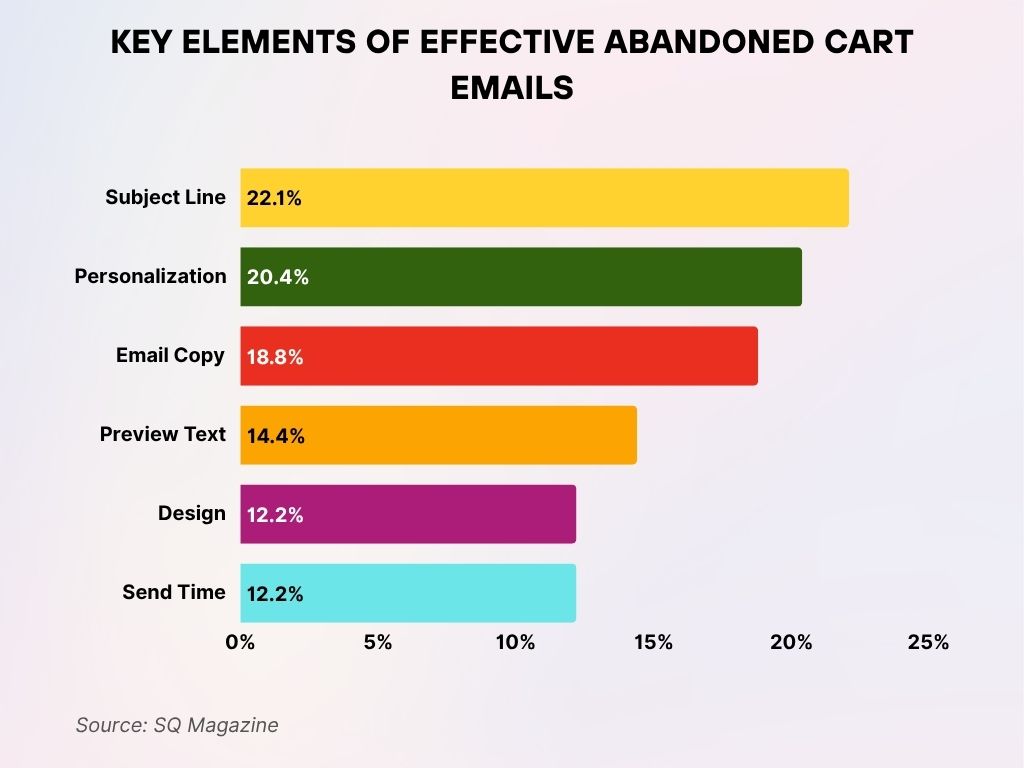
Impact of AI and Machine Learning on Email Strategies
- In 2025, AI-generated subject lines are used by 58% of marketers, improving open rates by 9.3% on average.
- Machine learning-based segmentation helps brands increase engagement by 21%, particularly in e-commerce and media.
- Natural language processing (NLP) tools analyze audience feedback in real time, enabling dynamic content adjustments during a campaign.
- Generative AI tools are now responsible for 33% of all email content production, especially in large marketing teams.
- AI-powered A/B testing shortens optimization cycles by 40%, enabling rapid deployment of high-performing variants.
- Predictive send-time algorithms improve email open rates by 11.6%, delivering emails when users are most likely to engage.
- ChatGPT-style assistants are used by 29% of email teams to craft intros, CTAs, and previews.
- AI automation now powers 62% of email workflows, from lead scoring to nurture flows and cart recovery sequences.
- Voice-based email previews, fueled by AI, are on the rise, used by 13% of visually impaired users in 2025.
- Concerns around AI hallucinations have prompted 53% of marketers to manually review AI-generated content before deployment.
Regulatory Compliance and Privacy in Email Communications
- As of 2025, 88% of organizations claim compliance with at least one major email privacy regulation (e.g., GDPR, CAN-SPAM, CCPA).
- New US state-level privacy laws in Illinois and Texas now require explicit opt-in for email subscriptions.
- Email opt-out links must be clearly visible and functional by law; violations are penalized up to $7,500 per infraction.
- The average email unsubscribe link placement is now within the top 25% of the footer, a best practice encouraged by regulators.
- 94% of ESPs now support one-click unsubscribe standards.
- First-party data is used in 72% of personalization workflows due to increasing restrictions on third-party data.
- 42% of users say they trust emails from brands more when privacy policies are clearly disclosed.
- Privacy-forward email practices, such as consent-based tracking, have grown 34% YoY.
- Companies failing to update cookie and tracking disclosures risk delisting from major inbox providers like Gmail and Outlook.
- In 2025, data audits for email campaigns are performed quarterly by 38% of US-based companies, driven by compliance concerns.
Global Email User Growth Forecast
- In 2023, the number of email users worldwide was 4.37 billion.
- The user base reached 4.48 billion in 2024.
- By 2025, global email users are projected to reach 4.59 billion.
- In 2026, the number climbs further to 4.73 billion.
- By 2027, it’s estimated that 4.85 billion people will use email globally.
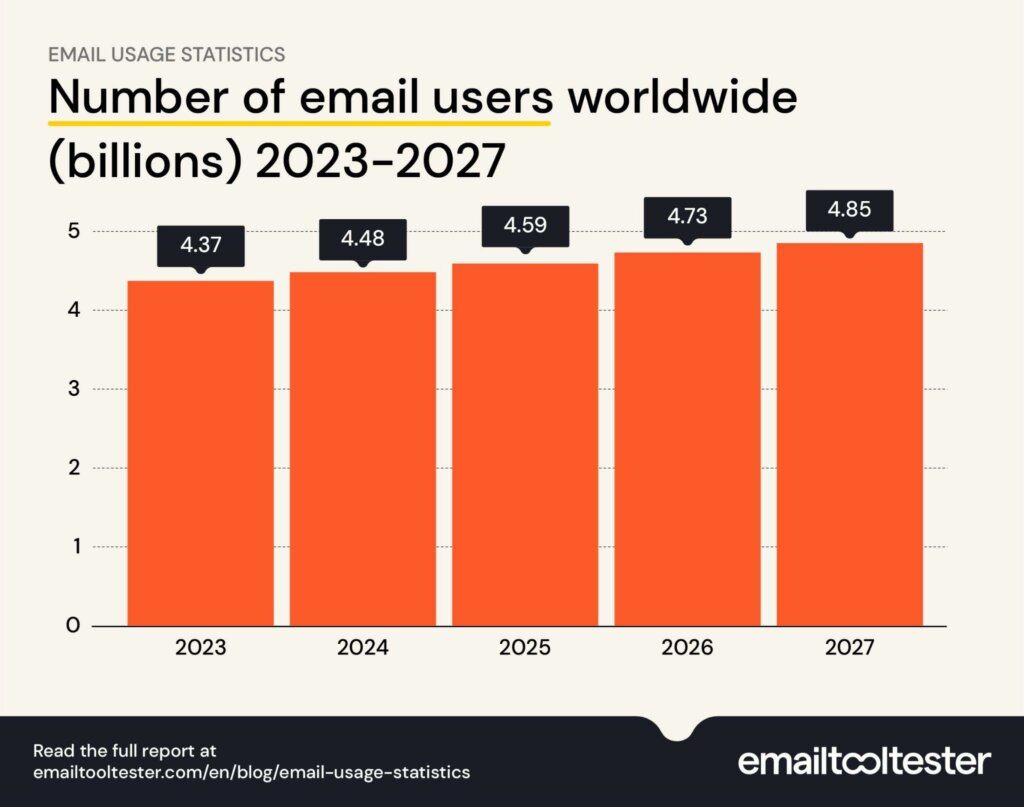
Recent Developments in Email Technology and Analytics
- AMP for Email adoption has grown to 26% of brands, allowing interactive elements like polls, calendars, and live product previews.
- Email heatmapping tools now track in-message clicks, scroll depth, and hover behavior, enhancing layout optimization.
- Cross-device email attribution is now integrated into 54% of analytics platforms, helping marketers understand multi-touch journeys.
- Real-time analytics dashboards enable 48% of marketers to optimize campaigns mid-send, a feature growing in adoption.
- Eye-tracking studies in 2025 reveal that CTAs placed within the top 250px of an email see 37% higher interaction rates.
- AI-powered subject line graders are used by 35% of brands to predict open-rate performance before deployment.
- Interactive email elements (carousels, expandable menus) show a 12.4% higher engagement rate than static HTML designs.
- Email compatibility testing tools are now part of 72% of enterprise QA workflows before launch.
- Heatmap overlays combined with predictive engagement scores help teams forecast success before emails go live.
- 5G infrastructure growth has improved email rendering times, especially in rich-media-heavy campaigns.
Conclusion
Email has evolved beyond its early days as a basic communication tool, it’s now an intelligent, personalized, and data-driven engine that fuels engagement across industries. As we step deeper into 2025, the line between email marketing and AI-driven customer experience continues to blur. Whether you’re a marketer optimizing open rates or a tech leader driving compliance, understanding the latest email statistics isn’t optional; it’s essential.
From higher ROI metrics to the rise of AI and automation, email is not just holding strong, it’s innovating fast. The smart brands of tomorrow are already embracing these shifts. Are you?

